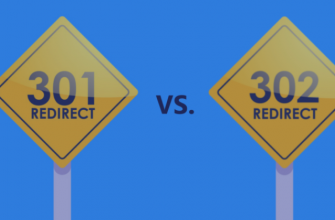Not sure what a 302 redirect is or when to use them? Are you curious about the impact on your SEO efforts?
I’ve got good news: 302 redirects are actually pretty simple. At its core, a 302 redirect is a way to tell search engines and users that a page has moved temporarily and to direct them to a new page for a short period.
Simple enough, right?
The problem is using the wrong redirect can significantly impact SEO and user experience. This is why getting the redirect right is crucial to your overall digital marketing strategy.
So what’s the difference between the types of redirects, and when should you use a 302? Here’s what you need to know.
What’s the Difference Between a 302 Redirect and 301 Redirect?
A 302 redirect is an HTTP response status code that tells search engines a page has moved, but only temporarily. It then directs users (and search engines) to the new, temporary page.
A 301 redirect is a server-side HTTP response status code that tells users and search engines a page has permanently moved, and it won’t be coming back.
For users, there’s little difference between the two types of redirects. They get sent to a new (hopefully more useful) page regardless of the redirect type.
The core difference between a 301 and 302 redirect is how long they stay in place, but also what gets left behind. A permanent redirection like this one will maintain your Google rankings while a temporary one may cause pages to lose their indexing or be deindexed entirely by search engines if used correctly – which can have serious consequences for SEO efforts!








